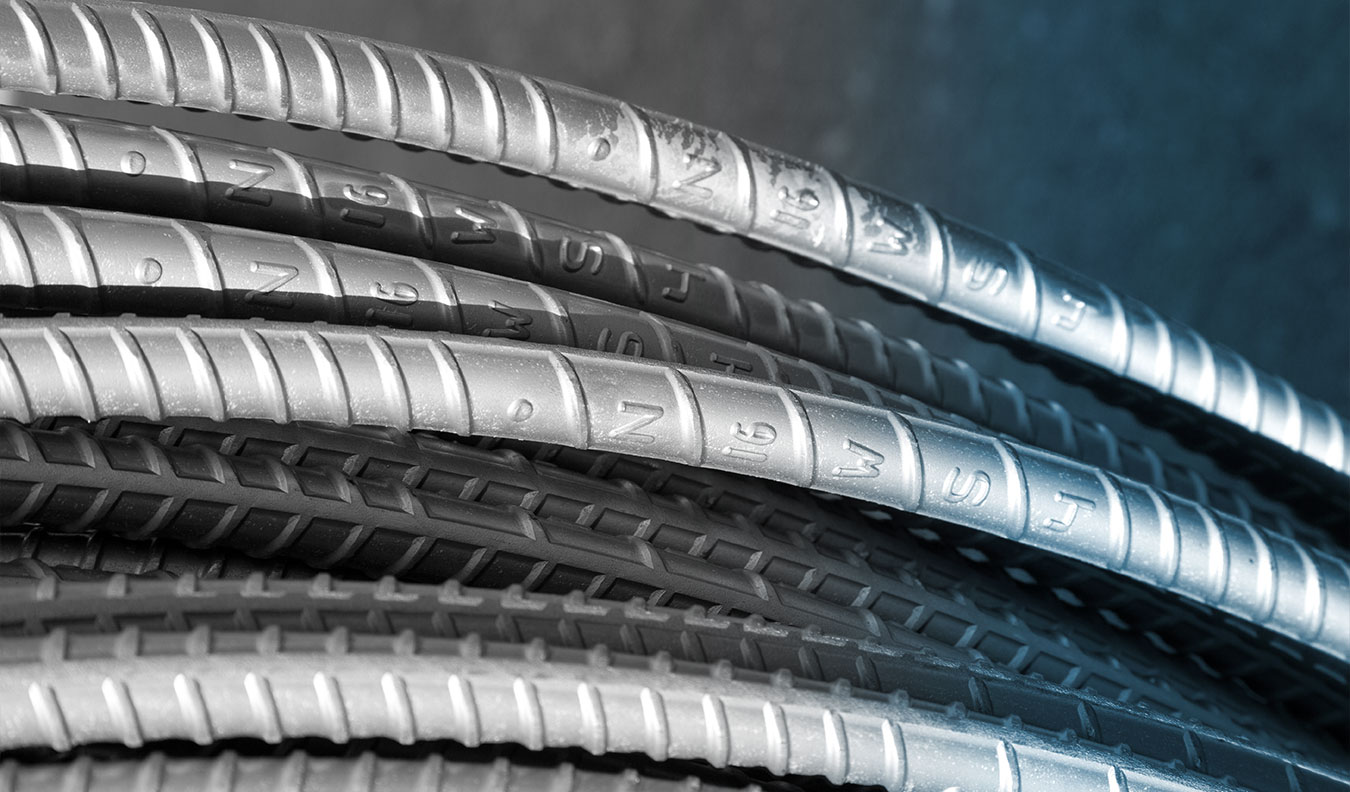INNOVATIONS IN FABRICATION OF THE SELF-ANCHORED SUSPENSION SPAN OF THE SAN FRANCISCO-OAKLAND BAY BRIDGE, 2010
ABSTRACT
The 2.2-mile-long East Span of the San Francisco-Oakland Bay Bridge (SFOBB) is currently undergoing a seismic retrofit that will completely replace the existing steel truss bridge that opened in 1936. Approximately 280,000 vehicles cross the SFOBB daily and the bridge corridor is being brought up to current seismic safety standards by replacing the existing East Span. This work is being accomplished while keeping the existing bridge open to traffic. A key component of the New East Span will be a Self-Anchored Suspension (SAS) bridge chosen by the region and legislated to be the signature span in the retrofit of one of the nation’s busiest bridges. When complete, this structure will be the world’s largest SAS span. American Bridge/Fluor Enterprises (AB/F) (A Joint Venture) won the bid to build the SAS span. Both companies have impressive portfolios combining years of experience that include constructing the original SFOBB. AB/F determined that the structural steel portion of the SAS would be fabricated in China at the Shanghai Zhenhua Heavy Industry Co. Ltd. (ZPMC), a subsidiary of the China Communication Construction Company (CCCC) on Changxing Island just outside Shanghai. ZPMC is the largest heavy-duty equipment manufacturer in the world and is famous for producing more than 75 percent of the world’s port cranes used in the shipping industry as well as other large scale steel bridges such as the Golden Ears Bridge in Vancouver, Canada. ZPMC implemented a number of innovations in order to expedite the fabrication process and to assure meeting the stringent quality requirements of what will soon be a world-renowned architectural icon while remaining the backbone of regional transportation in the San Francisco Bay Area.
– M. Wahbeh, P. Siegenthaler, T. Nilsson, M. Nader, A. Cavendish-Tribe, “Innovations in fabrication of the self-anchored suspension span of the San Francisco-Oakland Bay Bridge,” Bridge Maintenance, Safety Management and Life-Cycle Optimization, 2010.
